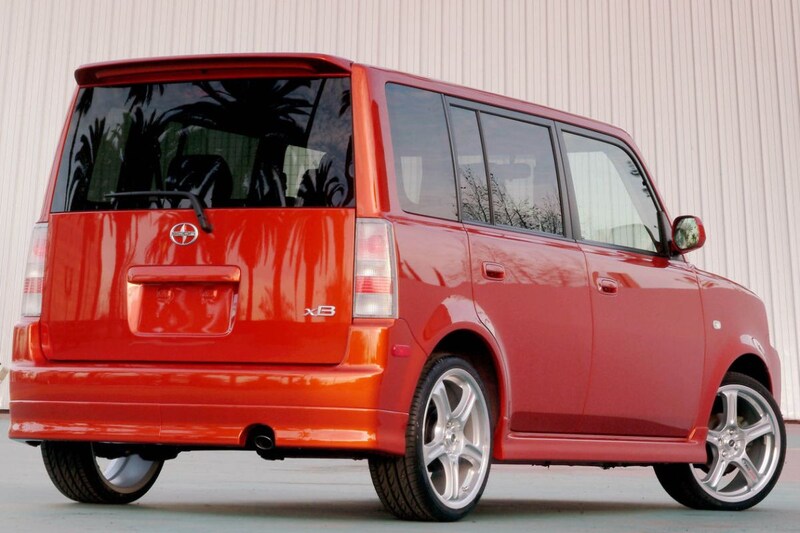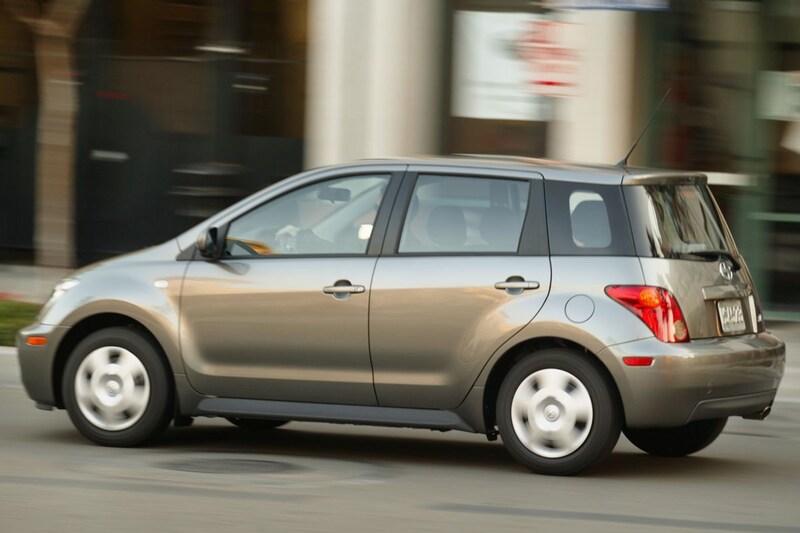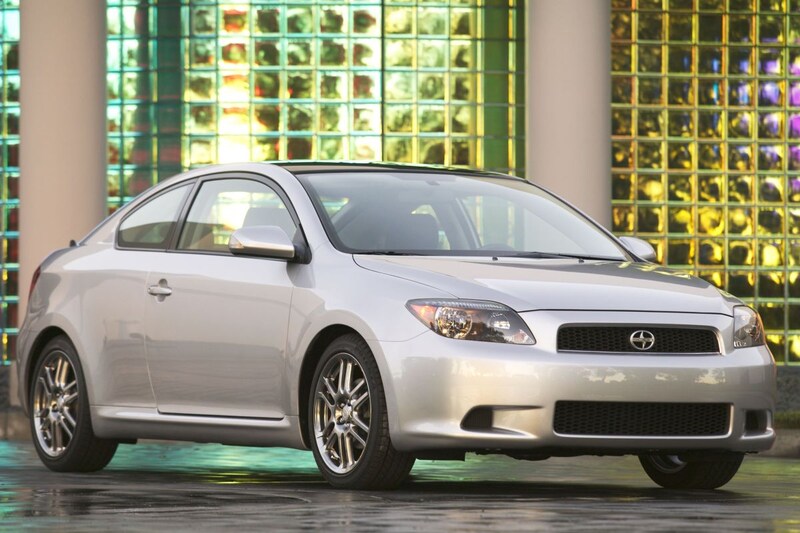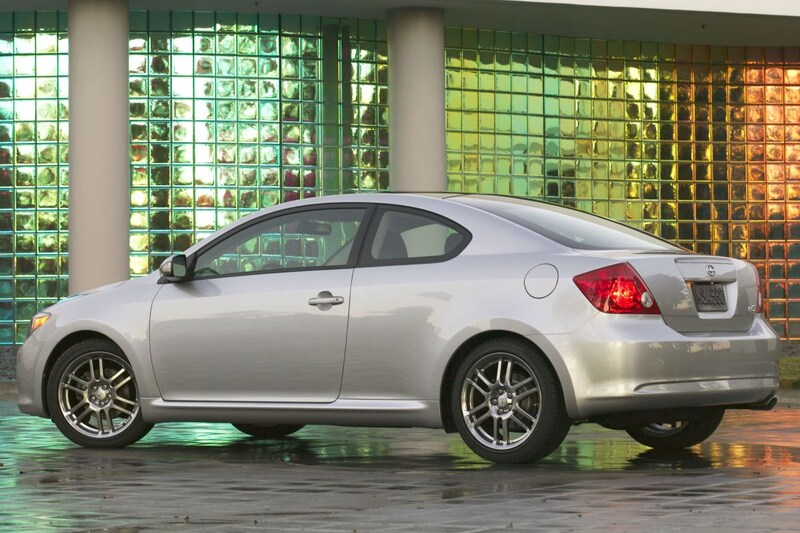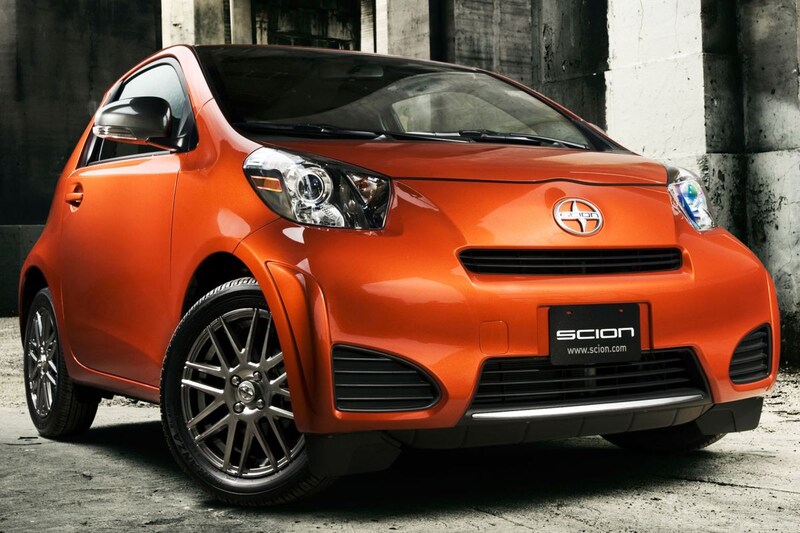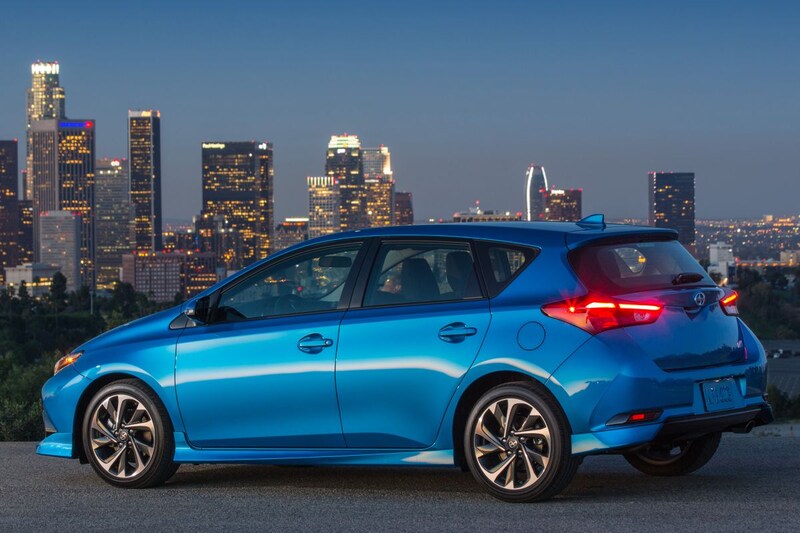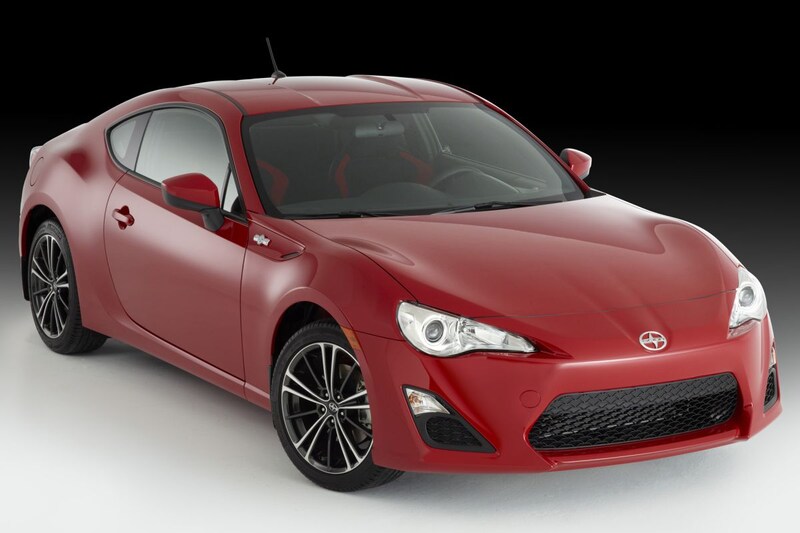Ahead of its time
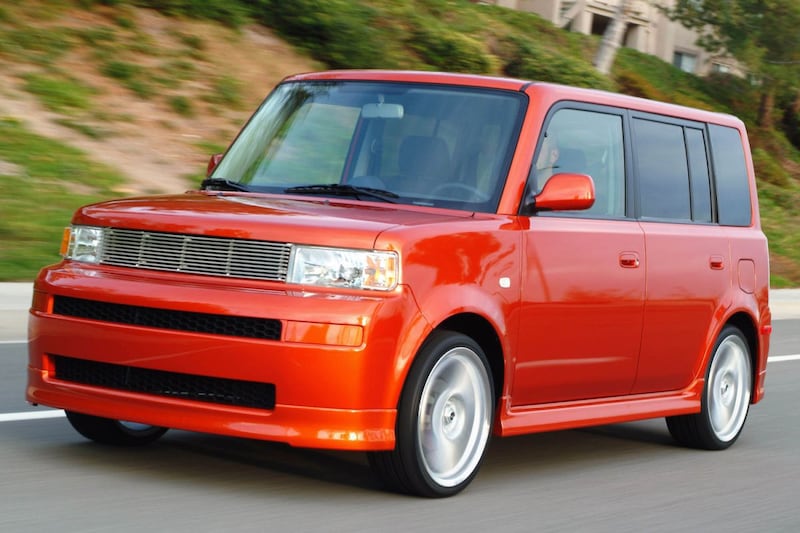

New brands are the order of the day these days, but Toyota founded a new car brand twenty years ago. ‘Youth Division’ Scion never made it to Europe, but was in many ways ahead of its time.
Although Scion (pronounced ‘Saaion’) was founded twenty years ago, it never reached that age itself. That fits somewhere, because Scion had to be youthful above all. While Lexus – another Toyota spin-off – had to fulfill the traditional premium role, Scion was intended to appeal to a younger, hipper target group. More specifically, this concerns American young people, because the brand was conceived in and for the United States. In Los Angeles, the brand name, logo and strategy took shape. Sales of the models were limited to the US and, from 2010, Canada.
Besides potentially attracting a younger clientele, Scion had another advantage for Toyota. For example, it could try things under the Scion flag that it did not dare to do under the solid, well-known Toyota brand name. After all, if the trial in question had a negative effect on the brand image, it did not or hardly reflect on Toyota itself. And try, those boys and girls from Scion did. Looking back, we can say that the brand was ahead of its time, because it did things that we have come to take for granted. For example, Scion wanted a compact, streamlined model range, where there was only one version of each model. However, there were many options, so that the cars could still be personalized to a high degree. Scion also tried to tinker with the traditional dealer model, just like many new EV brands do. Under the name ‘Pure Process Plus’ it came with transparent prices, without the bargaining that is very common in the US. Part of the purchasing process could soon be done online. Relieving concerns also took place in other ways, for example by offering a fixed maintenance package without surprises afterwards. Sounds modern, right?
Cult
Scion’s models naturally followed the brand’s youth philosophy, although some were more so than others. In most cases, Toyota made it relatively easy by simply offering cars marketed as Toyota elsewhere in the world under the Scion brand name in North America. It all started with the Scion xB, a re-Scion-ficated version of the Toyota bB sold in Japan. This first generation of the bB/xB was never sold in Europe, but the second came on the price list here as Daihatsu Materia. Compared to that car, the predecessor was even squarer and therefore more striking in shape. Scion actually managed to turn it into something of a cult car, so there are still plenty of first-generation bBs floating around with the underbody just above the street and huge subwoofers behind the rear seats.

Scion xB (2004).
The car was followed by the much less striking xA and the tC, a coupe in the spirit of the Celica. You see: Scion was also far ahead of its time in terms of vague naming. If we take the complete range of Scion over the years, then ‘compact’ stands out as the common denominator. Scion has never actually gone larger than the C-segment, with the latter being interpreted by the iM, among others. Scion took a European Toyota as a basis for this, namely the Auris.
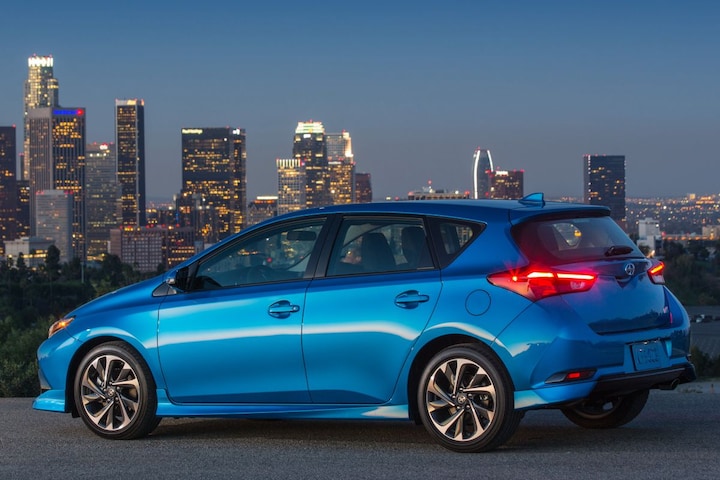
Scion iM.
The iM is certainly not the only Scion that we recognize from the European Toyota range. The Scion iQ was a Toyota iQ, the Scion xD was a Toyota Urban Cruiser and the Scion FR-S was what we know as a Toyota GT86.
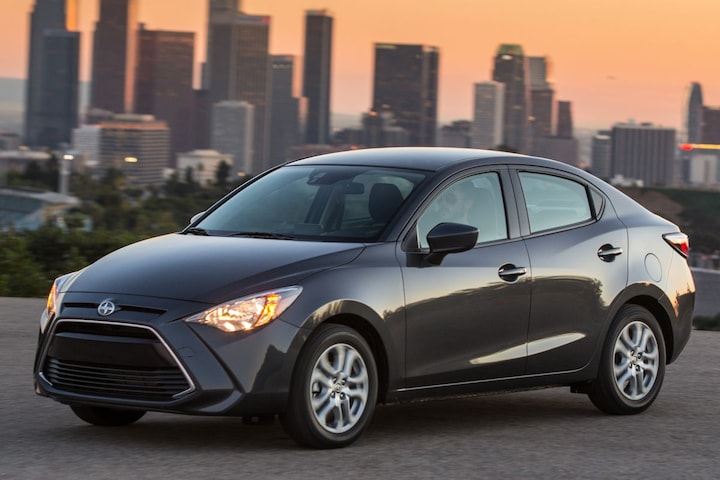
Scion iA.
The 2016 Scion iA is completely remarkable. This is not a Toyota, but a Mazda 2 sedan. Exactly the opposite of ‘our’ Mazda 2 Hybrid. As a Scion, the one-model year iA always remained rare, but as a Toyota Yaris iA it lived on for several more years. Other Scions mostly suffered the same fate after the brand was dropped in 2016, continuing as Toyota. According to Toyota, Scion no longer fit the zeitgeist thirteen years after its launch, which was reflected in disappointing sales.
In the video below, Scion takes you on a journey through a short but intense history that we have never known in Europe. What do you think, would Scion work in 2023?
.
– Thanks for information from Autoweek.nl
